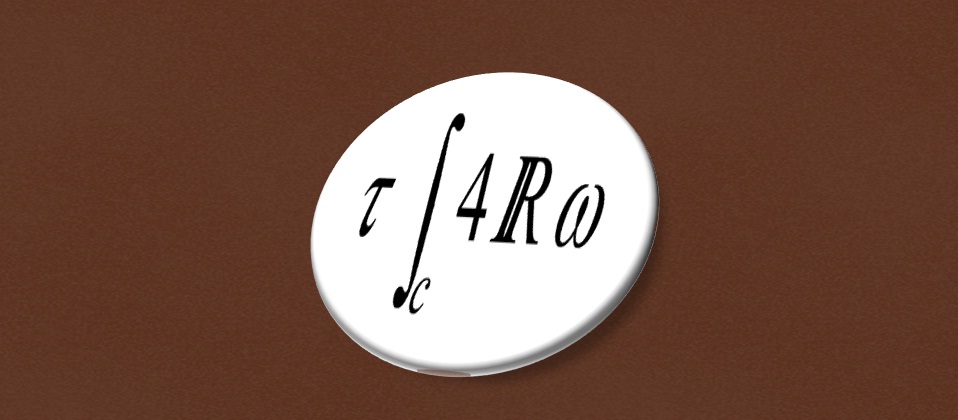 |
| Alex attempting to repeat the feat he just saw on the Internetz |
Nevertheless, to the misfortune of those many who actually tried, the experiment came to be of little or no success in real life. What?! But why?! If it's so damn clear in the video!!
 |
| "WTF?!" |
Lavoisier had very accurately stated in the mid 1700s what was his wife's most dreadful nightmare: mass always remains the same. That is, slicing the chocolate and re-arranging its shape does not create more chocolate.
 |
| After years of hard work and dedication, Antoine reveals a dreadful conclusion to Marie-Anne |
First, we get a chocolate bar like the one shown in the video (or at least one fairly similar to it). For our purposes, a hypothetical bar of dimensions 4 x 6 will be enough. Let's analyze the area of such bar by splitting as proposed by the video.
Just for fun, let's make sure that the sum of the areas is in fact the total area:
 |
| The Math works!! And yeah... I sometimes do this for fun |
The next step is then to test the main message of the video; that by moving stuff around we'll get more chocolate. Piece B is moved to where A and C were, and it is supposed that the total chocolate remains the same after taking away C. Therefore, the author claims that the first column of B has the same area as A and C. We are going to test this hypothesis and find whether it's true or not.... SPOILER ALERT: it's not.
 |
| Let B' be the first column of B, then B' = A + C or is it?? |
How do we test this? As we did in the past, checking for the surface of the individual parts. By doing this, we can easily tell that the hypothesis was wrong (duh!)
 |
| The null hypothesis is rejected and we keep the alternative statement: B' does not equal A + C |
However, Alex is still not quite convinced. After all he really wanted some more chocolate, and who's to blame him? As a matter of fact, if you perform the steps shown in the video you will get a similar piece of chocolate as the starting one, but a little bit smaller. How smaller you ask? Well, one square out divided by four squares on the base, the total height of the bar went down by 1/4, thus making a brand new bar of dimensions 4 x 5.75 which, to the naked eye might look pretty much the same.
 |
| Arrrggghhhh... So close! |
And even if you were stubborn enough to try again and go for a second iteration on the process shown in the video, you well then find the truth right away. There will be a difference in the height of the chocolate bar. This is because the 3rd row took all the 0.25 height reduction and those squares are not squares any more!
And what's even more evident now is that the 3rd row is quite compact... having taken a second hit on its height.
After yet another bar of chocolate, all these experiments led just to more questions: if you fuse the chocolate after the first iteration, could you repeat the whole process again? The answer is yes, but still no infinite chocolate. You'll just be trimming the bar and getting a smaller chocolate bar on every iteration:
How smaller will it become after each iteration? How many iterations can you do? What's the area after n iterations?
The area of the chocolate after n iterations is given by
For example, when you start the area of the original chocolate is 24
After removing the first square, then it would be
The height of the chocolate after iteration n is
The area of each square after iteration n, which by the way is the same as its height since its base is always one unit (hence a small rectangle; not a square), is
The former number is physically possible as long as it is larger than a number x such that x is the minimum or tiniest particle of chocolate, which occurs if the number of iteration n is such that
Let's say that the chocolate is mainly glucose, then x is the diameter of a molecule of glucose
x = 1.5nm
First let us agree on the units of the chocolate measures... say cm; a chocolate bar of 24cm^2 sounds decent. So:
We can iterate around 370 times. At this point the area would be of close to 0.00000347817 cm^2 and we would definitely notice that it is not the same as the original (naturally), plus each and every piece sliced away constitute the original bar, while each and every piece is different from each other.
Regardless of how we look at it, Lavoisier was and still is right.
_________________________________________
Special thanks:
To Gabs, for teaching me how to curse in French.
To Horace, for supplying heavy math stuff.
To Alex, for raising the question.
To Jose Manuel, for teaching me maths during High School.










